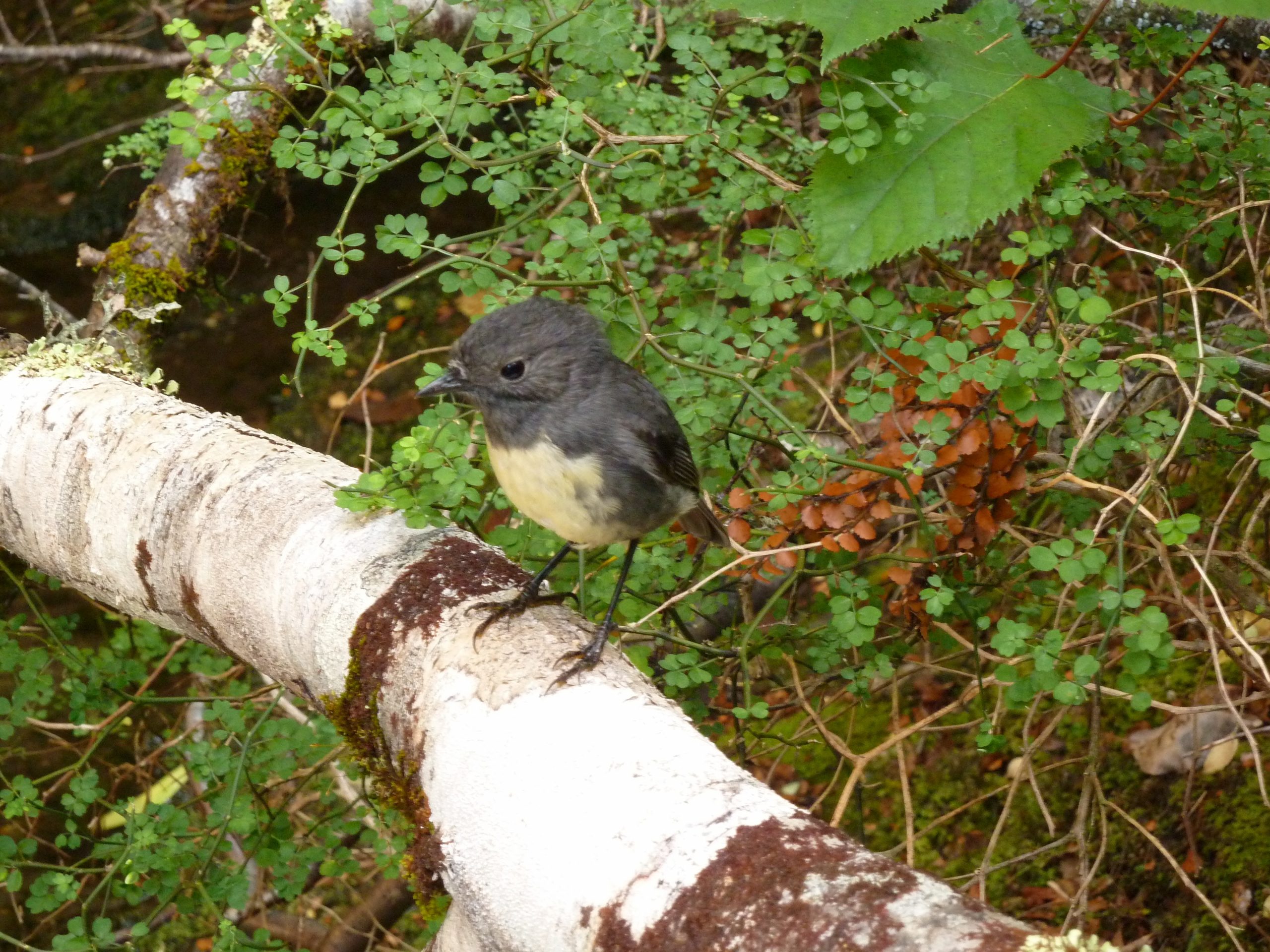by Tony Orman
A major new study on North American bird populations appeared in the journal Science late last year. It included detail on research, led by Ken Rosenberg, a conservation scientist at the Cornell Lab of Ornithology, that warned of alarming declines in bird numbers.
The research said the North American bird population had declined by roughly 2.9 billion birds, a 29 percent drop. It was, the researchers wrote, “an overlooked biodiversity crisis.”
The plight of the birds, “Is a Crisis for Us All,” said the New York Times headline.
Rosenberg’s team found that some bird species had made significant gains in population over the past five decades – but many more had experienced losses, yielding a net population loss of between 2.7 and 3.1 billion birds, centred around an estimated total of 2.9 billion.
“It was kind of a shocking result to us,” said Ken Rosenberg.
Meanwhile back in New Zealand the arrival of the migrant native bird the cuckoo, used to be eagerly listened for around October 1. The bird is small and is more often heard than seen, identified by its distinctive whistling call repeated several times. Cuckoos once seemed everywhere and about early October, letter writers to newspapers would proclaim the first cuckoo call of the season. This summer just gone, I heard only one or two and the first not until December.
Another native bird which has markedly declined in numbers is the kingfisher, once frequently seen sitting on roadside power lines. Now only occasionally while fishing the Wairau River, I might hear the kingfisher’s distinctive call. Similarly German (European) owls seem to have disappeared.
But it’s not only cuckoos, kingfishers, cicadas and other life that is silent. Agencies which should be concerned, are mute too. Birds have almost certainly declined drastically but bureaucracies and bureaucrats are thriving in number and dominance.
The Department of Conservation is just one bureaucracy that is duty bound by an act of Parliament to protect native birds such as cuckoo and kingfisher and native invertebrates such as cicadas. But it is strangely silent on the demise of native bird life such as the native cuckoo and kingfisher and cicadas.
Nor do regional and district councils seem to show the slightest concern. In Marlborough the council’s Pest Management Strategy was recently approved by council and drew from some councillors, words of warm praise.
Mythical Pests
Yet the same strategic plan bizarrely excluded the rambling Old Man’s Beard as a pest because it is so widespread which reflects council’s inability and utter failure to combat it. In the same breath, the plan weirdly declared wallabies a pest despite that none exist in Marlborough and the marsupial in 150 plus years has only just started to spread from its original liberation point in South Canterbury.
Council would rather chase imagined animal pests than deal with real, increasing pest plants. Not only mute they seem deaf to the ominous signs of bird declines that hint strongly at eventual ecological collapse.
As a teenager in the 1950s and for a couple of later decades, frogs croaked by every stream or marshy hollow and catching tadpoles was a major pursuit for youngsters. Now they have gone. Bees are struggling in numbers.
Evening mayfly hatches on the river are almost non-existent. There’s a big, big decline in insects banging into and being squashed on car windscreens after dark in country areas.
Moths at Night
Nearer home, moths in dozens no longer cluster around street lights or lighted house windows. Is any authority or agency concerned? Overseas there is growing concern
Last year, the International edition of “The Guardian” reported that the biomass of flying insects in Germany had dropped by three quarters since 1989, threatening an “ecological Armageddon”.
Insects are the vital pollinators and recyclers of ecosystems and the foundation of food webs everywhere. In the United States, scientists recently found the population of monarch butterflies had fallen by 90 percent in the last 20 years,with bumblebees dropping 87 percent. Undoubtedly chemicals have to be a major suspect in the downward spiral of wildlife.
Are we dowsing an environment with a unprecedented mixture of chemicals from detergents to sprays to insecticides such as diazinon. Even the ‘pest’ poison 1080 was originally developed as an insecticide. It’s used as a pest poison because its indiscriminate nature means it kills animals which may or may not be a pest. But it’s still killing insects vital to ecosystems.
And insects are food to insectivorous birds. Less food means less birds. It’s simply about finite carrying capacity.
<c> South Island bush robin – an insectivorous bird

